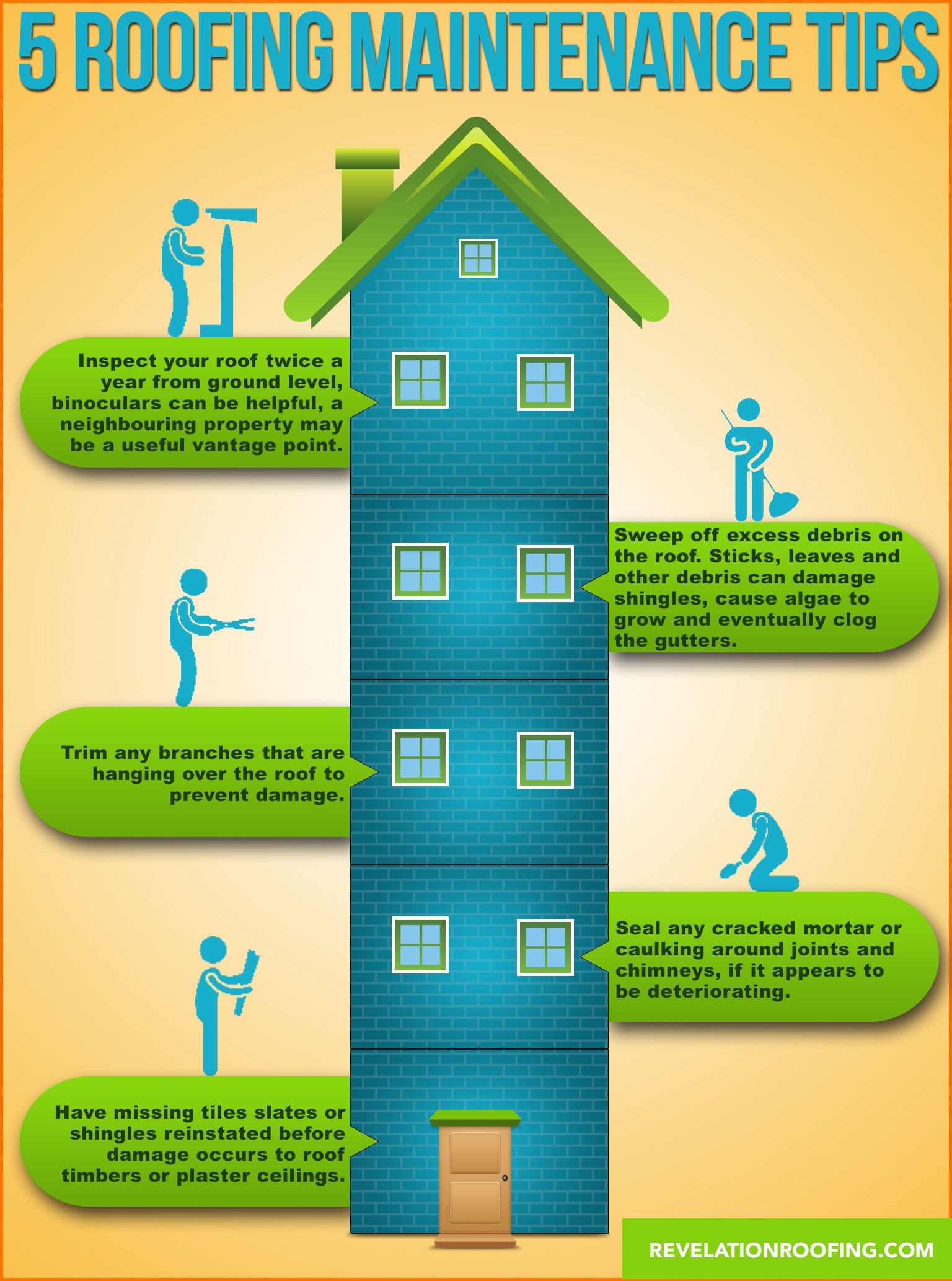Usual Mistakes In Roofing Installment And Just How To Stop Them
Usual Mistakes In Roofing Installment And Just How To Stop Them
Blog Article
gutter company san antonio By-Bossen Miranda
When you're intending a roof setup, it's simple to forget essential information that can bring about considerable issues down the line. You may be tempted to cut corners on product choice or avoid appropriate blinking setup, but these common blunders can cause expensive repairs later on. Understanding the relevance of ventilation and adhering to local building regulations is necessary for a successful job. So, what are the vital steps you should require to guarantee your roof stands the test of time? Let's explore some reliable methods to prevent these challenges.
Poor Product Selection
When it concerns roof installation, selecting the incorrect materials can cause expensive troubles down the line. You might think that any roofing material will do, but that's a typical misconception. It's vital to choose materials that suit your regional climate and the specific requirements of your home.
For example, if you reside in a location with hefty rain or snow, going with asphalt roof shingles might not be the best choice. Instead, consider more resilient alternatives like steel or slate.
Additionally, take note of the top quality of the products you're thinking about. Affordable materials might conserve you cash upfront, but they usually do not have longevity and can result in constant repairs or replacements.
You must additionally consider the design of your home and guarantee the materials you select will preserve its aesthetic allure.
Finally, don't neglect to seek advice from specialists. They can provide beneficial insights and advise products that abide by regional building codes.
Spending time in correct material option currently can aid you prevent migraines and expenditures in the future, making your roof covering task a success.
Inadequate Flashing Setup
Choosing the ideal materials isn't the only element that can result in roof problems; poor flashing installment can also develop significant concerns. Flashing is vital for guiding water away from prone areas, such as smokeshafts, skylights, and roof valleys. If it's not installed effectively, you run the risk of water invasion, which can cause mold and mildew development and structural damage.
When you install flashing, ensure it's the best kind for your roofing's design and the local environment. As an example, steel flashing is commonly extra durable than plastic in locations with heavy rainfall or snow. Ensure the blinking overlaps appropriately and is secured tightly to stop voids where water can leak through.
https://www.architectureanddesign.com.au/features/list/top-6-roof-shingles-asphalt-timber-more should likewise pay attention to the installation angle. Blinking should be positioned to guide water far from your home, not towards it.
If you're uncertain about the setup procedure or the products needed, speak with a professional. They can assist identify the very best blinking options and ensure whatever is set up properly, securing your home from possible water damages.
Taking these steps can save you time, cash, and headaches later on.
Neglecting Air Flow Needs
While numerous house owners concentrate on the aesthetic and structural aspects of roofing system setup, neglecting ventilation requirements can cause severe lasting repercussions. Proper air flow is important for controling temperature level and moisture levels in your attic, stopping concerns like mold growth, timber rot, and ice dams. If you do not mount sufficient ventilation, you're establishing your roofing up for failing.
To prevent this mistake, first, evaluate your home's specific air flow requirements. A well balanced system commonly consists of both intake and exhaust vents to promote air flow. Ensure you have actually installed soffit vents along the eaves and ridge vents at the peak of your roof covering. This mix allows hot air to leave while cooler air goes into, keeping your attic room space comfortable.
Additionally, think about the type of roof product you have actually chosen. Some materials might call for additional ventilation strategies. Double-check your local building ordinance for air flow guidelines, as they can vary substantially.
Finally, do not neglect to examine your air flow system consistently. Obstructions from debris or insulation can restrain air flow, so maintain those vents clear.
Verdict
Finally, avoiding common roof setup blunders is key to ensuring your roofing's durability and efficiency. By picking the appropriate materials for your climate, installing flashing correctly, and attending to air flow needs, you can stop costly concerns later on. Don't fail to remember to familiarize yourself with neighborhood building regulations and schedule normal inspections. With these steps, you'll appreciate a safe, resilient roof covering that protects your home for years to find. Satisfied roof!
